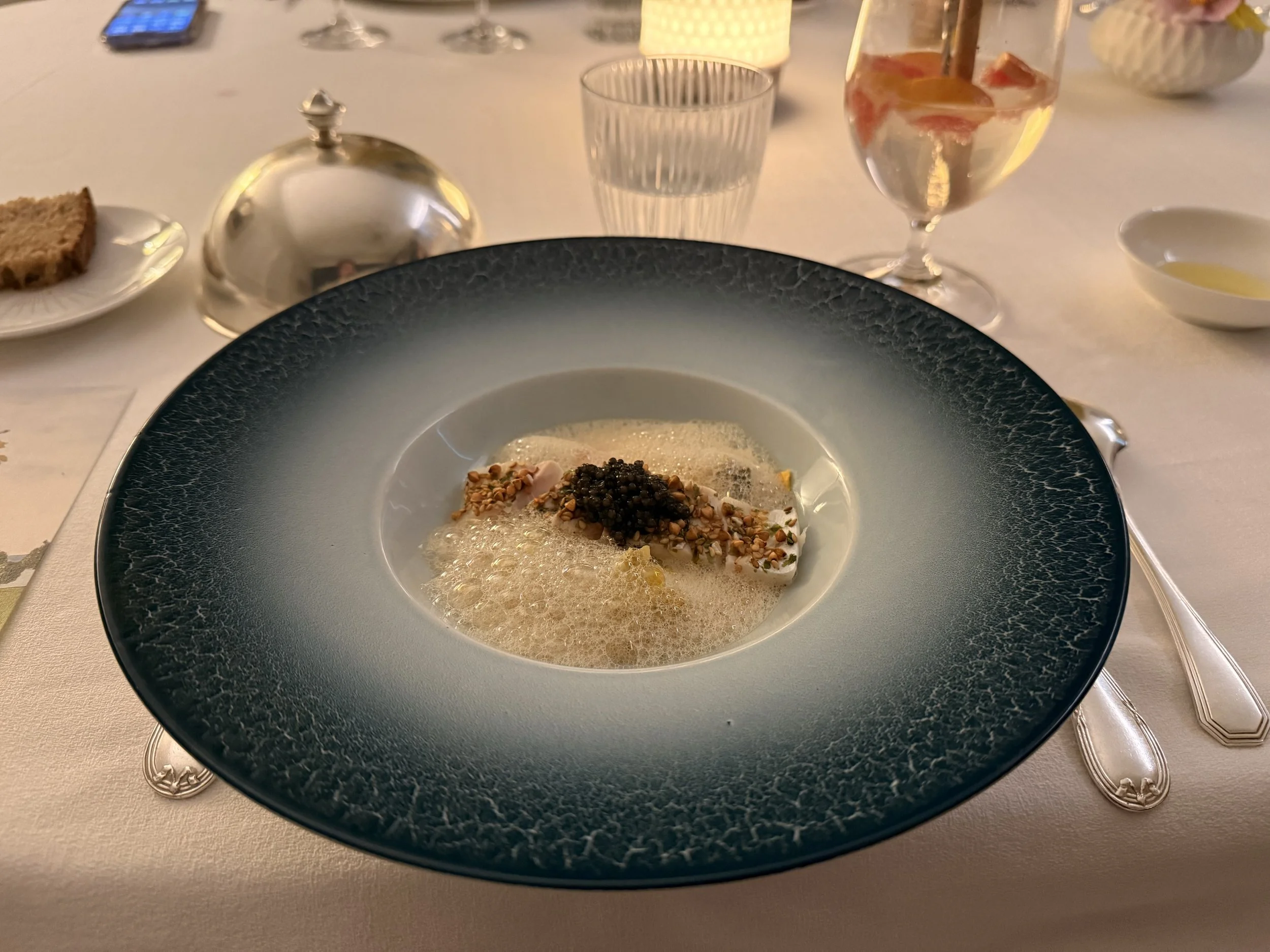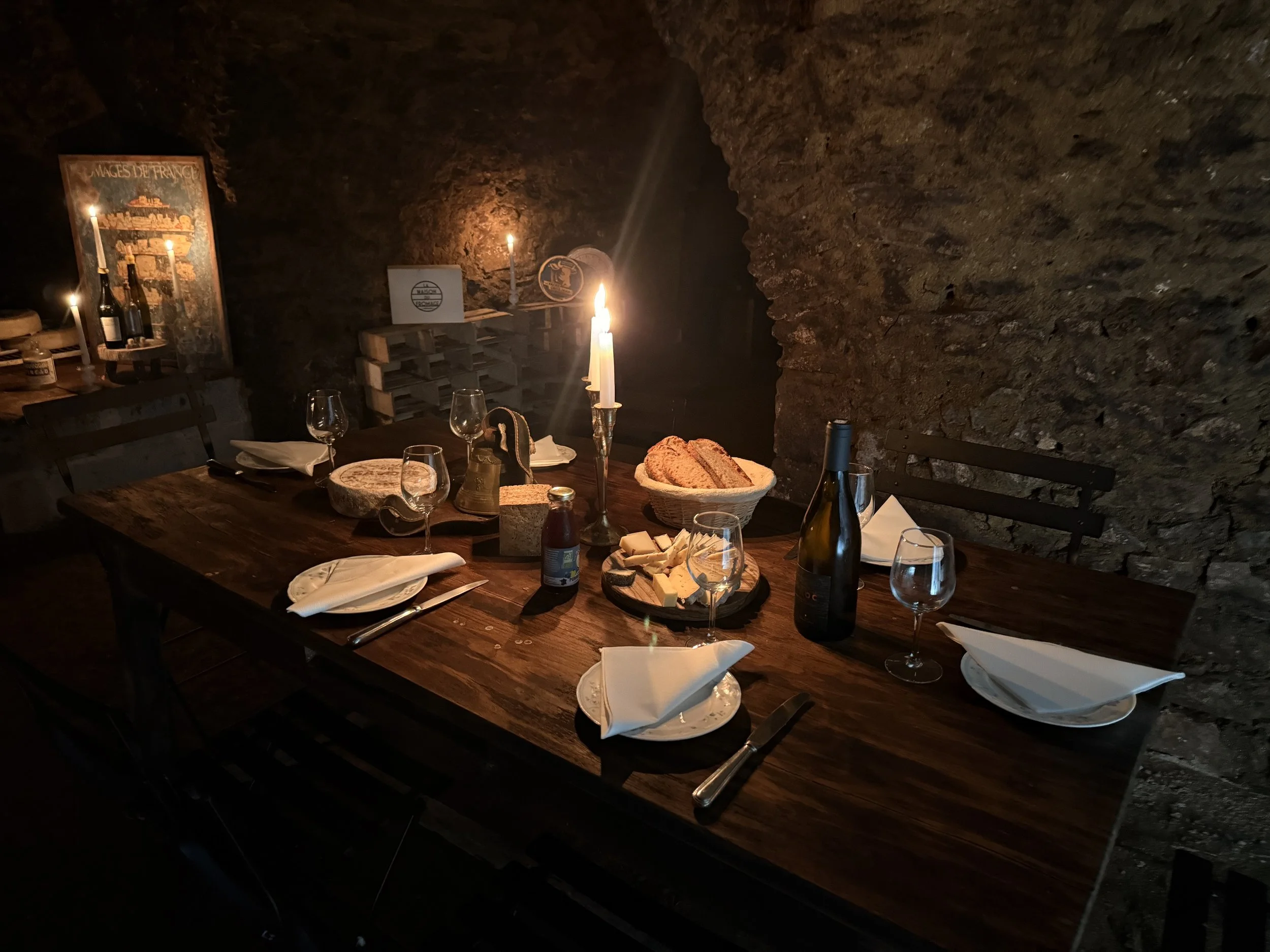The Perfect 24 Hours in Limoges
Arriving in Limoges feels like stepping into a French fairytale — one where every corner whispers stories of artistry, gastronomy, and timeless charm. My 24 hours in this enchanting region began at the gates of Limoges, at the iconic La Chapelle Saint-Martin, a Relais & Châteaux property with one Michelin star and an extraordinary legacy.
As soon as we arrived at the hotel, we were warmly greeted by the owners, Aude Bourliataux and Gilles Dudognon, who graciously shared the rich history of the estate with us. They spoke of La Chapelle Saint-Martin not as a business, but as a living inheritance, a place where memory and artistry intertwine.
Built in 1798 by Jacques Joseph, the Judge of Saint-Martin, the property has long stood as a symbol of heritage and refinement. In 1963, the Dudognon family, restaurateurs from Limoges, discovered it and saw in its quiet elegance a reflection of their own love for craft and hospitality.
With care and devotion, they restored its soul, transforming the main house into a refined country hotel. By 1973, La Chapelle Saint-Martin had joined the Relais & Châteaux collection — not merely as a mark of prestige, but as a testament to the family’s enduring commitment to elegance, generosity, and the quiet luxury of the French art de vivre.
Dinner that night was an experience for the senses: the kind that lingers long after the last sip of wine. The evening began with a champagne apéritif paired with savoury amuse-bouches, followed by a remarkable ravioli of local cep mushrooms, elevated by a delicate gourmet cream. Another variation of the same beloved ingredient came raw, accompanied by a Comté cheese foam so airy that it felt like a dream. For the main course, the signature Limousin rack of veal was the star of the table, though my choice of fresh fish proved equally divine. And dessert — oh, the timeless chestnut soufflé — was pure poetry on a plate, finished with coffee and petits fours that whispered the finale of a perfect meal.
The next morning, after a peaceful night in one of their elegant rooms adorned with Sothys skincare amenities (a refined nod to the region’s heritage), I joined one of the owners for a tour of the estate and also through the famous kitchen of a Michelin chef. The property is a symphony of nature and design — sprawling gardens, private villas, and a collection of rooms each uniquely decorated with vintage flair and character.
What makes La Chapelle Saint-Martin truly special is its ability to merge fine dining, sustainability, and experience. In the warmer months, the hotel opens its organic garden bistro, Le Jardin Extraordinaire, where everything is cooked over a wood fire — no electricity, no gas, just elemental cooking at its purest.
Guests can also enjoy Les Ruches à Manger, a poetic concept of beehives transformed into intimate picnic spots scattered throughout the park. Created during the pandemic — a time when creativity bloomed amidst stillness — these secluded spaces invite guests to reconnect with nature. Each picnic includes fine linens, outdoor games, honey from the estate’s own hives, and gourmet dishes prepared with ingredients from their garden.
After breakfast, I set off to explore Limoges, guided by the thoughtful recommendations of the hotel’s lovely team. First stop: the Bernardaud Factory, where world-renowned porcelain is made, the same kind as is used at La Chapelle Saint-Martin. Watching artisans transform raw clay into luminous porcelain was mesmerising; each piece embodies centuries of craftsmanship and French savoir-faire.
Next came a sensory treat at Maison du Fromage, where we were treated to a delicious and distinctive tasting downstairs by candlelight — an array of regional cheeses made from goat, sheep, and cow’s milk, paired beautifully with local wine. It was an experience that felt both intimate and indulgent, a true celebration of tradition and taste.
To end my Limoges escape, I returned to the culinary world with a lunch at La Table du Couvent, the bistro helmed by the same chef-owner of La Chapelle Saint-Martin. The atmosphere was warm and convivial, the flavours authentically French yet modern — a fitting finale to a journey steeped in heritage, passion, and beauty.
The bistro itself is a quiet jewel tucked into a former Carmelite convent, where sunlight dances on centuries-old stone walls and the hearth’s gentle smoke carries the promise of perfectly grilled meats. Every bite was a revelation: the Limousin beef was simply incredible, the charcuterie simply divine, the potato gratin creamy and comforting, and the amuse-bouche a playful, delicate tease for the palate. The wine pairing was divine, complementing each course with effortless elegance, and the dessert — a thoughtful selection of delicacies — offered a sweet, lingering finish. I couldn’t eat for the rest of the day, overwhelmed in the best way by such a remarkable gastronomic experience — the tastes, and the feeling the lunch left behind, were a final toast to a journey through history, taste, and the brilliant, understated beauty of Limoges.
In just 24 hours, Limoges revealed itself as more than a city of porcelain — it’s a destination of stories, flavours, and creativity. From the elegance of La Chapelle Saint-Martin to the artisanal spirit that runs through every corner, this is France at its most genuine — understated, refined, and endlessly inspiring.














